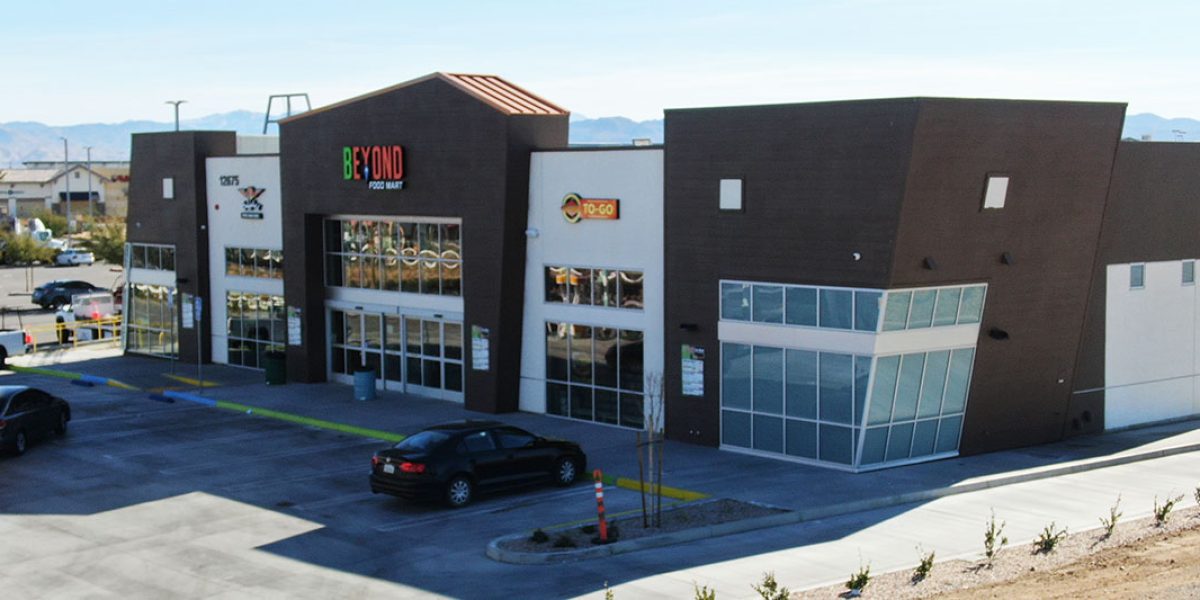In the ever-changing world of commercial interiors, it is essential to remain abreast of the most recent design trends in order to create spaces that are both functional and aesthetically pleasing. This blog will examine the top design trends influencing contemporary commercial interiors, ranging from offices and co-working spaces to retail stores and restaurants. These trends are redefining how we perceive and experience commercial spaces, making them more welcoming, adaptable, and environmentally friendly.
1. Flexible Workspaces for the Future of Work
The increasing prevalence of remote work and the ongoing need for adaptability have reshaped office interiors. To accommodate diverse work styles and foster collaboration, businesses are adopting flexible floor plans, modular furniture, and versatile meeting spaces. Instead of fixed cubicles, offices are becoming more flexible, allowing workers to choose where and how they work.
2. Biophilic Design for Nature Connection
Biophilic design, which incorporates natural materials and elements, has acquired popularity in commercial spaces. Incorporating plants, natural illumination, and organic textures improves not only the aesthetics of a space, but also the well-being and productivity of employees. Even in urban environments, biophilic elements help individuals connect with nature.
3.Aesthetics of Minimalism for Clean and Open Spaces
The “less is more” tenet has influenced contemporary commercial interior design. Clean lines, neutral color palettes, and minimalist furniture create open, clutter-free spaces that feel inviting and uncluttered. This design trend is prevalent in retail stores and restaurants, where the emphasis on products and experiences is enhanced by simplicity.
4. Integration of Technology for Seamless Experiences
Integration of technology into commercial interiors is essential soil right now quadrennial. Intelligent illumination, touchless controls, and interactive displays enhance user experiences, boost efficiency, and provide data-driven insights for improved space management. This trend is especially prevalent in contemporary office and retail spaces.
5. Use of eco-friendly materials and practices
Many design decisions in contemporary commercial interiors are influenced by sustainability. From energy-efficient lighting and HVAC systems to recycled and reclaimed materials, businesses are making environmentally conscious decisions. Not only does sustainable design reduce the carbon footprint, but it also reflects the values of conscientious consumers.
6. Adaptive and Diverse Design
Modern commercial interiors must be designed with accessibility in mind. Spaces are being designed to accommodate individuals of all backgrounds and capacities. The application of universal design principles ensures accessibility and convenience for all individuals, including those with disabilities.
7.Curated artwork and regional artisans
Increasingly, commercial spaces are incorporating curated artwork and supporting local artisans. This not only adds a unique and personal addition to the interior, but also supports the local art community and provides customers and employees with a storytelling element.
The conclusion
In the ever-changing world of contemporary commercial interiors, design trends continue to develop in response to shifting desires and requirements. Whether it’s through the creation of adaptable workstations, the incorporation of biophilic design, or the adoption of sustainable practices, these trends are reshaping the way we design and experience commercial spaces. Businesses can create interiors that are not only visually appealing, but also functional, welcoming, and aligned with the values of today’s conscientious consumers and employees by remaining informed and incorporating these trends strategically.








